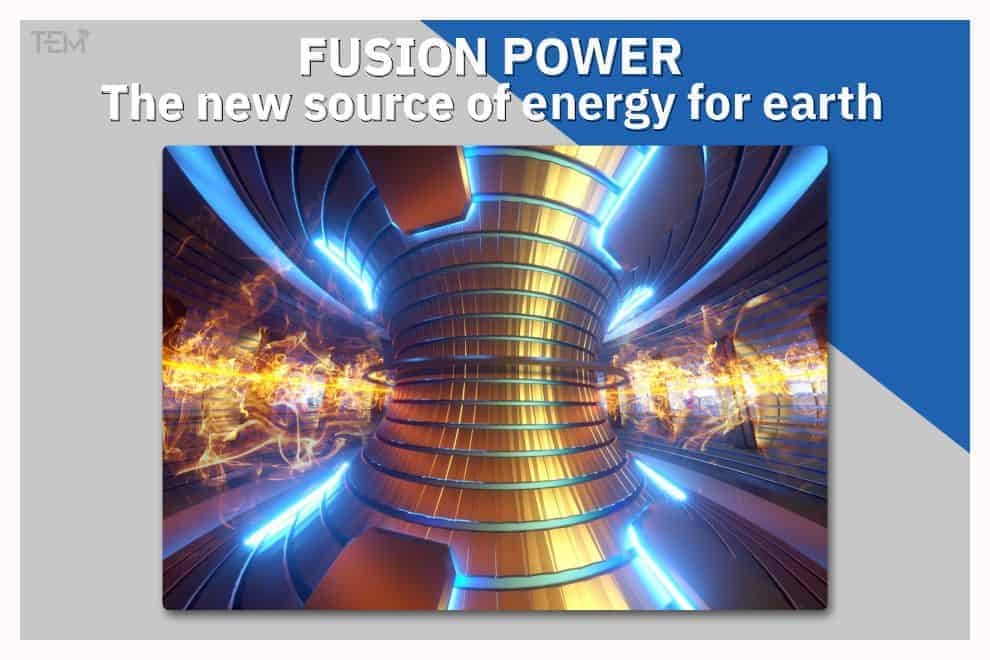Key Highlights
- The reaction that comes from the sun and stars is called fusion.
- Fusion power can provide an abundant source of energy with no Co2 emission.
- Simplest fusion reactions are the Deuterium-Tritium reaction (two hydrogen isotopes). It requires temperatures in the range of 100 million degrees Celsius.
A New Source of Power On Earth
Our current energy environment is heavily reliant on rapidly depleting fossil fuels, accounting for 80 percent of global energy consumption, and reducing this reliance is crucial to meeting the energy demands and reducing greenhouse gas emissions. Fusion has the potential to be a virtually limitless, clean, and CO2-free energy source once harnessed. The reaction that drives the Sun and the stars is called fusion. If that power could be harnessed on Earth, it would provide an abundant source of energy while using only a small amount of fuel and emitting no CO2. The concept is simple enough to grasp. Take two hydrogen atoms and combine them with enough heat and pressure to form helium. Some of the hydrogen mass is converted into heat during this process, which can be used to generate electricity.
Fusion Power: A Theoretical Method of Energy Generation
Fusion power is a theoretical method of energy generation that uses heat from nuclear fusion reactions to produce electricity. A fusion reaction occurs when two lighter atomic nuclei merge to form a heavier nucleus while simultaneously releasing energy. Fusion reactors are devices that are designed to harness this energy.
Process of Fusion Technology
Gravitational confinement is accomplished in stars and the sun. On Earth, there are two major methods for containment: inertial confinement (using lasers to compress a fuel pellet) and magnetic confinement (using heavy magnetic fields). For optimum performance, the various possible fusion reactions need different temperatures and densities. While future reactors prefer other reactions, current research focuses mostly on the Deuterium-Tritium reaction (two isotopes of hydrogen), which is one of the easiest to achieve. Nonetheless, standard necessary temperatures are in the range of 100 million degrees Celsius.
Related:- Humans are the reason for climate change: NASA
Challenges Infusion Technology
To achieve fusion on Earth, hydrogen isotopes must be heated to hundreds of millions of degrees before they become so energetic that they split apart into a whirling state of matter known as plasma. Containing the plasma has always been a problem. The stars do it with gravity, but on Earth, the most popular way is to confine the plasma with strong magnetic fields. Fusion researchers have devised techniques for heating plasma to temperatures of 150 million degrees Celsius. There is, however, no substance that can absorb plasmas at such extreme temperatures. As a result, fusion scientists use a variety of plasma confinement techniques. Magnetic confinement is one of them, in which hot plasma particles are trapped in a magnetic “cage” created by strong magnetic fields, preventing them from escaping. This plasma must be confined for a long enough time for fusion to occur to produce energy.
Also Read:- Researchers Found How to Convert Plastic Waste Into Clean Fuel










